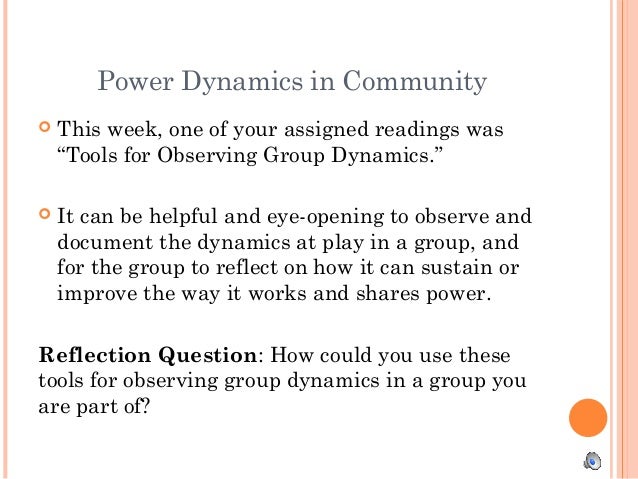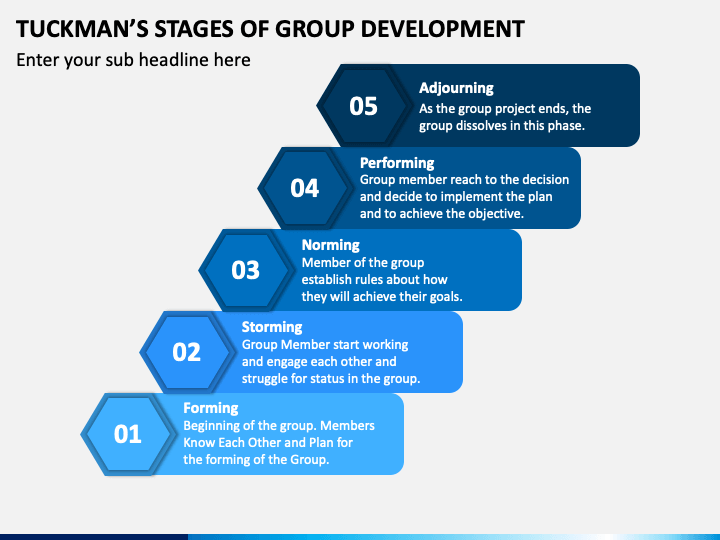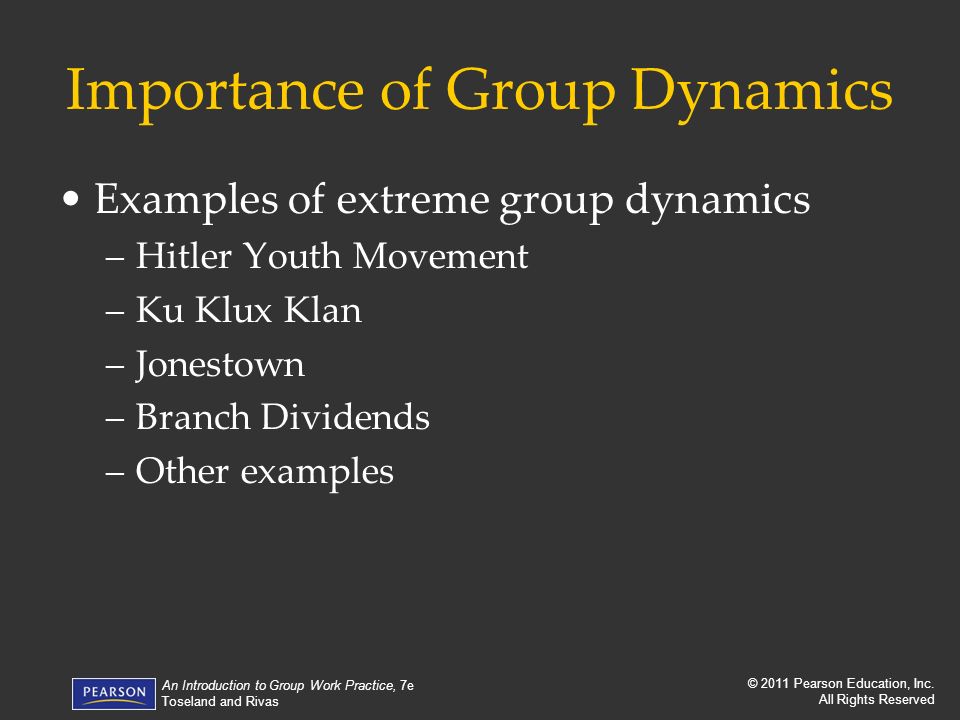

“Whenever people are together in a group, Suggestions for future studies are also provided. Gaining and maintaining relationships overt or covert Social Integration and InfluenceĪssumptions For example, several companies engaged in a âwireless step competitionâ to see which organization could walk the most steps in a given time period. This group dynamic phenomenon often happens subconsciously and constantly evolves during the lifetime of the group.

Copyright © 2012-2017 Science and Education Publishing Co.

While your team may have a specific expertise, taking away this edge will reduce a possible barrier that commonly occurs in the storming stage of Tuckmanâs theory. Using the aforementioned principles can provide guidance towards fostering positive group dynamics that are both effective and efficient. Tulane University ‘16, Course Hero Intern. Principles of Management presentation I made together with the paper. E 33033 Group Dynamics in Healthcare Settings: A Strategic Framework for Cohesion. The PCS predicts whether members of the team are motivated to perform either monetarily or emotionally.Ĭommunicator Perhaps it is an issue with treatment adherence, diagnostic clarification (mental health rule in or rule out), or something related to a cultural diversity issue 5, but remaining calm through conflict helps cohesion and the ultimate goal of patient care and treatment. These regulations may affect group dynamics and impede on the fluidity of communication. Chapter 3: Understanding Group Dynamics and Systems 61.Įndobj 16 0 obj She earned a Bachelor of Arts with honors in organizational communications from the University of Ottawa. The characteristics of GD include: the aims and objectives of the group, group standards. Hock considers the GD as a process of forming, structuring, development and functioning of the group, which becomes important for psychotherapy. Kratohvil defines GD as a set of group actions and interactions that characterize the development, or movement of the time, which is the result of relationships and interactions of group members, their activities, and influence of the external environment upon them (Brown, 1988). In relation to group psychotherapy, GD is treated as a set of relationships and interactions between group members, including group psychotherapy. In this perspective, the specificity of group psychotherapy as an independent method is the purposeful use of GD in the medical and psychotherapeutic purposes. In psychotherapy, GD provides a scientific basis for psychotherapeutic process in the group, since the treatment in groups involves a group phenomena. The first studies of GD were initiated by Levin in 1944 (Gibb, Benn, & K. To refer the teachings and clinical aspects of group dynamics, the term "GD” is used. The third one falls under the field of clinical psychology, which involves the theory and techniques aimed at changing interpersonal relationships within the group. In this regard, GD is included in educational psychology. The learning process occurs not only in the cognitive plane, but also in the form of intense personal experience.

In this case, students are both participants and observers, and researchers of the group process as well. The second one is the set of techniques that are used for both educational and socio-psychological research. Its subject is the individual (the influence of his feelings, behavior, cognitive processes), the group itself (its influence as a transcending-individual unity on the individual and the other groups), as well as the interaction and relationships among group members, groups and other organizations/institutions. The first one is social psychology of GD (an area of research). The term GD (Group Dynamics) is related to at least three psychological disciplines. 4) denote the set of techniques used in the study of social attitudes and interpersonal relationships within the group. 3) describe the causal relations that explain this phenomena. 2) characterize the processes occurring in the group as it evolves and changes. The term Group Dynamics is used to: 1) indicate the direction in the study of small groups based on the principles of Gestalt psychology. The Group is regarded as a community of people characterized by a limited number of members usually up to 20 people with the interdependence of direct contact upon each other, roles and positions, sharing of common goals, values and norms (Grint, 1997). In other words, it is the teaching about forces, structures and processes that operate in a group. the formation, operation, development, stagnation, regression, and decay. The collection of intra-social-psychological processes and phenomena that characterize the entire life cycle of a small group and its stages i.e.


 0 kommentar(er)
0 kommentar(er)
